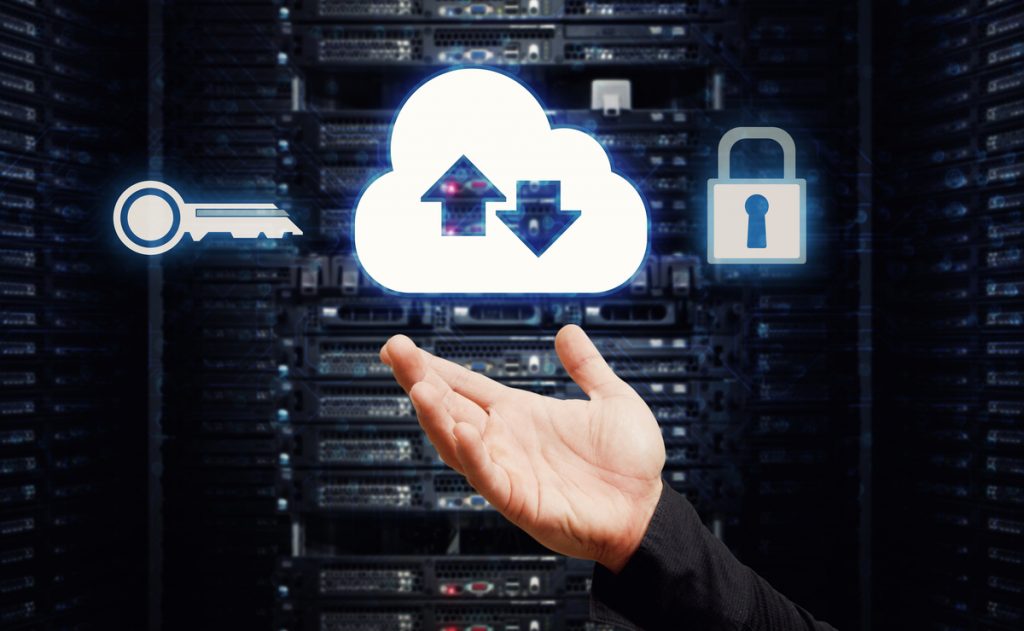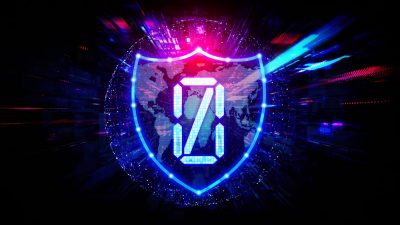Security is easily achievable when it is about physical places. Like the banks have ample physical security in place. These brick and mortar spaces accommodate security cameras and bulletproof glass that avoid the risk of theft to a certain extent. Also, there are security guards and bank employees who can help in stopping thieves while taking care of the cash and assets kept inside the bank. But the situation is a little different in the case of online assets.
Imagine if there are scattered resources or important documents you need to refer to on a daily basis. Wouldn’t it be great if you have one secure location for all of it? And you also have easy access to all of the data? It is where the power of the cloud comes in as it can store the data and computational power. The authorized users can connect to the cloud from anywhere and on any network. Applications that are placed on the cloud can be operated anywhere, and the same applies to cloud infrastructure and platforms.
And then, there are cloud firewalls to protect cyberattacks on data placed on the cloud.
In other words, cloud firewalls block cyberattacks directed at these cloud assets. They form a virtual barrier around the cloud platforms, infrastructure, and applications, just like traditional firewalls forming a barrier around the organization’s internal network.
What are cloud-based firewalls?
It is a security product that filters out malicious products and traffic. Traditionally, firewalls worked between a trusted internal network and an untrusted network – e.g., between a private network and the Internet. Early firewalls were physical appliances that were linked to the organization’s on-premises infrastructure. These firewalls restricted and allowed network traffic based on an internal set of rules. Only in a few cases, these firewalls allowed administrators to customize the rules.
Traditionally, businesses built their network security infrastructure on-premises allowing them to have more hands-on access to physical hardware or manage internal security policies. In the case of an on-premises firewall, the sole responsibility of maintenance and updates falls on the service provider. On-premises firewalls are very important when employees have a centralized place to work, securing every device connected to the network or branch office. Therefore, a cloud-based firewall enables organizations to maintain secure and productive internet connections for their employees while providing remote access to the employees.
How can remote employees take benefit from cloud-based firewalls?
Various businesses that are transitioning to cloud services will need to explore the options of security in the cloud. If a company deploys a cloud-based next-generation firewall in cloud-based service providers such as Amazon Web Services, Google Cloud, or Azure, it is a positive sign. It provides businesses the ability to maintain consistent and secure connectivity for employees throughout the company. But network administrators need to implement a few steps to ensure cloud-based firewall gives good connectivity and secure environment:
1. Install a next level firewall
There are times when cloud vendors offer Firewall-as-a-service (FWaaS) models for cloud environments. It provides simple and flexible architecture while providing connectivity to all the employees no matter where they are working. These firewalls come along with valuable features such as content filtering, malware protection, and other threat management capabilities.
2. Create a setup for VPN
It is required that network administrators choose a VPN (virtual private network) technology that is secure, efficient, and can be fully managed. The network administrators have more control over VPN profiles. It is feasible for them to connect remote workers without installing software on every device.
3. Implement security measures
Putting in multi-factor authentication for access to business applications is like adding a layer of security that IT teams can add within the environment for regular as well as remote employees. The login procedure should have a standard policy on sending initial SMS text or a bio-identifier, which helps in logging in. The secondary form of authentication protects against unauthorized access to the network or for the use of stolen credentials.
Takeaway
Several things have changed due to the coronavirus pandemic. Moving forward, things will change in a way we might not be able to predict yet. Those businesses that may not have considered working outside the office are doing it at this point in time and also in the future. But, whatever be the decision for the future, a cloud-based firewall solution deployed will act as a robust future-proof solution. To gather more information on cloud security, you may access our latest whitepapers on Security.














